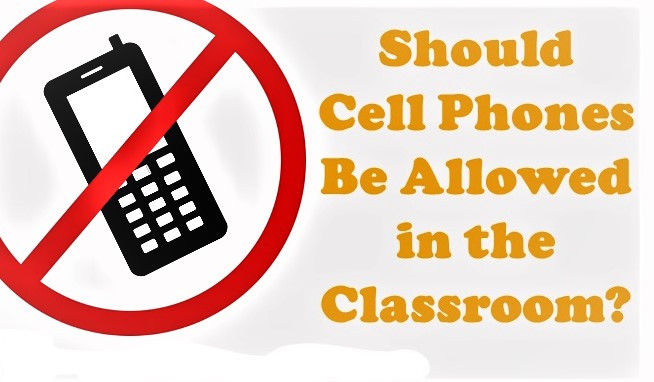Whether or not students should be allowed to use their cell phones in the classroom is a contentious issue. Some professors and academic institutions forbid the use of electronic devices in the classroom, or at the very least, strictly regulate use. The discussion last week about the use and presence of cell phones in the classroom generated a lot of interesting points that make it more difficult for me to choose whether I agree or disagree with it. The agree side was expertly represented by Lu (Echo) Liu, Lovepreet, and Aman who emphasized that cell phones might be a distraction for both the student and their peers are distracted when they use their cell phones to check social media and text buddies during class. In the classroom, cell phones can be a useful learning aid. However, students can also utilize them to obtain information while taking a test, which can result in cheating. This is unjust to pupils who worked hard to achieve well and can result in a student’s future knowledge of the content being poor even if they are not discovered. Moreover, Lovepreet, Echo, and Aman also represented a fantastic point that Cell phones can stimulate involvement by providing a variety of channels, but they can also result in less opportunity for in-person interaction and learning. With an overreliance on cell phones and other digital technologies, children risk losing a crucial aspect of their education: learning to collaborate with others. Not only this it also enhance harmful behavior, such as cyberbullying, and sexting, Teachers may find it challenging to spot and eliminate cyberbullying since it might be more difficult to observe than other types of bullying.

On the other hand, Bret McMann, Reid Quest, and Leona Stephen were on the disagree side and they represented that using a phone while teaching makes for more dynamic and engaging courses. To improve learning environments, some teachers are considering ways to integrate cell phones into their curricula as opposed to outright prohibiting them. Mcmann, Reid, and Leona also gave a wonderful point that social media use can keep students engaged in the lesson and motivate them to contribute to the conversation. Some educators set up discussion boards or hashtags on Twitter that students can utilize to post their ideas and comments during class sessions. Students who might not feel comfortable speaking in front of the class may find this extremely beneficial. Developing Student Critical Consciousness: Twitter as a Tool to Apply Critical Literacy in the English Classroom this is a very interesting article shared by a disagree team in this article Kunnath and Jackson who are the writer of this article discussed Twitter’s usefulness as a teaching tool. Although this paper focuses specifically on Twitter, we think the ideas presented are applicable to other apps and the usage of mobile devices in the classroom. The authors continue by outlining the four themes that arose from their data collection: the transformation of teaching and learning, amplified student voice, elevated student engagement, and potential for action. Furthermore, By giving students materials to use on their phones to learn more about a subject, teachers can benefit from the use of mobile devices. Videos, news articles, online discussion forums, and other content are examples of this. Providing these tools to students during class time can assist promote participation and conversations and it makes teaching-learning more interesting. Not only this Student who has access to cell phones can learn more and conduct further research while participating in class discussions. This is particularly valid for recent occurrences that haven’t yet been covered in textbooks.

To summarize I think that Students who have access to technology and social media might find online leadership and empowerment. When students utilize cell phones in the classroom, there are a lot of different factors to take into account. We must realize that the decision is not as straightforward as banning or not banning. When using personal electronic devices in the classroom, there are problems that can occur. However, I think we may see a long-lasting beneficial influence of smartphone use in the classroom when we set an example for responsible use, develop a strategy with our school team, and provide our students the tools to use their devices for good. Teachers can lessen the detrimental impacts of cell phones by adopting a cooperating attitude and guiding them regularly. According to my perspective Teachers need to encourage our pupils to utilize technology responsibly. They can educate kids on how to positively influence and impact others online when they are given the opportunity to utilize their cell phones in class as a learning tool.